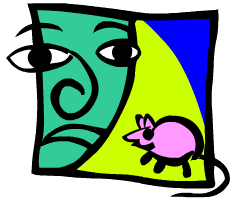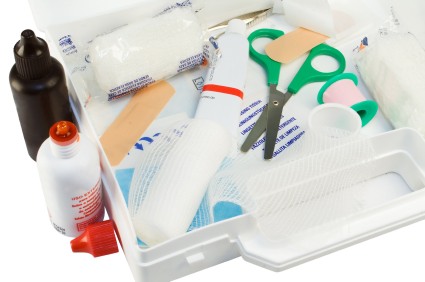The fact that plague is transmitted by rodents and fleas has been known since ages. And, the drugs needed to fight the disease are easily available. Yet, over the past 20 years, the global fatality rate has been 9 per cent annually, says the World Health Organisation.
Caused by the bacillus Yersania Pestis present in wild rodents such as field mice, it could be transmitted to human beings in the fields, during a hunting session, or, any other outdoor activity.

Plague [Illustration by Anup Singh]
Human beings can contract the disease with infected flea bites, or direct contact with an infected person.
Symptoms:
- Sudden fever accompanied by chills.
- Headache.
- Painful enlargement of the lymph nodes.
Treatment:
Start treatment immediately to reduce the mortality rate. The most commonly used drug is streptomycin injection for seven to ten days. It can used in combination with tetracycline.
Prevention and control:
- Early diagnosis.
- Isolation of patients.
- Disinfecting articles soiled by the patient.
- Flea and rodent control.
- Vaccination can be administered in two doses during an interval of 7-14 days as a preventive measure for people at risk. Immunity starts five to seven days after innoculation and lasts for six months.










